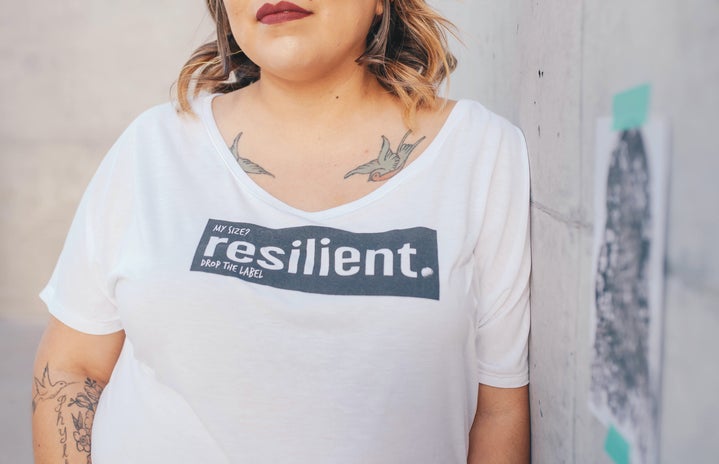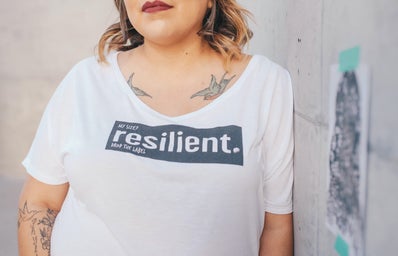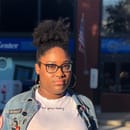“Put Molly all in her champagne, she ain’t even know it/I took her home and I enjoyed that, she ain’t even know it.”
“I have ’em like Miley Cyrus, clothes off. Twerking in their bras and thongs, timber. Face down, booty up, timber. That’s the way we like to-What? -timber. I’m slicker than an oil spill. She say she won’t, but I bet she will, timber.”
These two songs were very popular when they were released, and many people even learned all of the words. But when we sang these songs, did we realize what we were actually saying? Did we realize how the men who sang these songs objectified women? In my opinion, there are three stages you go through while listening to songs:
Stage One: You’re really just listening to see if you like the beat and to see if you will continue to listen to it. So, we don’t really listen closely to the lyrics we just listen for sick verses, we may even dance around a little.
Stage Two: The next time you listen to the song, you start trying to learn some of the lyrics, the chorus at the least. Which turns into you listening to this song more often, you put it in your everyday playlist so you can start learning the words.
Stage Three: At this point, you know the song like the back of your hand. You don’t listen to as often as you used to, sometimes it pops up on your playlist when it’s on shuffle. Now it’s at this stage of listening to this song, that you might start to notice the lyrics for what they are.
Recently, I was listening to a song with a friend. We weren’t paying loads of attention but then we heard the lyrics “even if I hit you once, you part of my collection.” We both looked at each other and were immediately disgusted. So many thoughts began to race through my head. Did he mean that? Is that how he really feels about women? Are women nothing more than an object to be put in a collection?
These thoughts made me want to know others’ thoughts about this topic. I created a poll on Instagram asking, “If you found out your favorite artist put very misogynistic lyrics (ie: referring to women as objects, drugging/raping women etc.) would you stop listening to their music? The answers that I received so far have varied. Some said they still listen to the music because they disassociate the artists from their music. Other said it really depends on if you think that artist is trying to keep up with the culture we live in. I understand that “sex sells” so that could be a reason artists feel the need to craft their music so that it is listened to.
In all honesty, misogyny has been and will continue to be present in music. I think that’s why artists like Megan Thee Stallion and Saweetie are so important for other women to see. Their songs, in my opinion, encourage women to take their bodies back. Women have begun to take back their bodies in all forms, including the music industry. Maybe, as more women start to make these statements through music, we’ll see the presence of misogyny start to drop.



